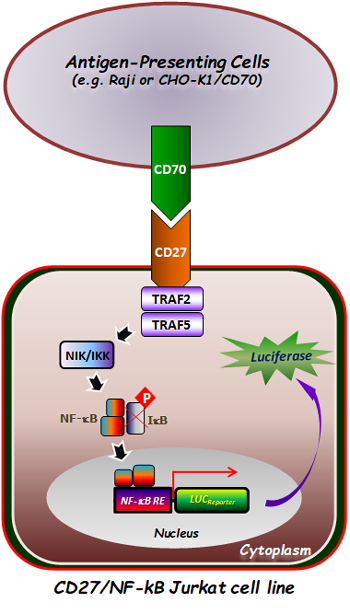Monoclonal Antibody to HLA-DRB (MHC II)(LN-3 + HLA-DRB/1067)

Formalin-fixed, paraffin-embedded human Tonsil stained with HLA-DRB Monoclonal Antibody (LN-3 + HLA-DRB/1067).
Roll over image to zoom in
Shipping Info:
For estimated delivery dates, please contact us at [email protected]
| Format : | Purified |
| Amount : | 100 µg |
| Isotype : | Mouse IgG2b, kappa |
| Purification : | Affinity Chromatography |
| Content : | 100 µg in 500 µl PBS containing 0.05% BSA and 0.05% sodium azide. Sodium azide is highly toxic. |
| Storage condition : | Store the antibody at 4°C; stable for 6 months. For long-term storage; store at -20°C. Avoid repeated freeze and thaw cycles. |
Flow Cytometry (1-2ug/million cells); Immunofluorescence (1-2ug/ml); ,Western Blot (1-2ug/ml); ,Immunohistochemistry (Formalin-fixed) (0.25-0.5ug/ml for 30 minutes at RT),(Staining of formalin-fixed tissues requires heating tissue sections in 10mM Tris with 1mM EDTA, pH 9.0, for 45 min at 95°C followed by cooling at RT for 20 minutes);
For Research Use Only. Not for use in diagnostic/therapeutics procedures.
| Subcellular location: | Cell membrane, Endoplasmic reticulum membrane, Golgi apparatus, Endosome membrane, Lysosome membrane, Late endosome membrane |
| Post transnational modification: | Ubiquitinated by MARCH1 and MARCH8 at Lys-254 leading to sorting into the endosome system and down-regulation of MHC class II. |
| BioGrid: | 109368. 39 interactions. |
|
There are currently no product reviews
|











.png)












